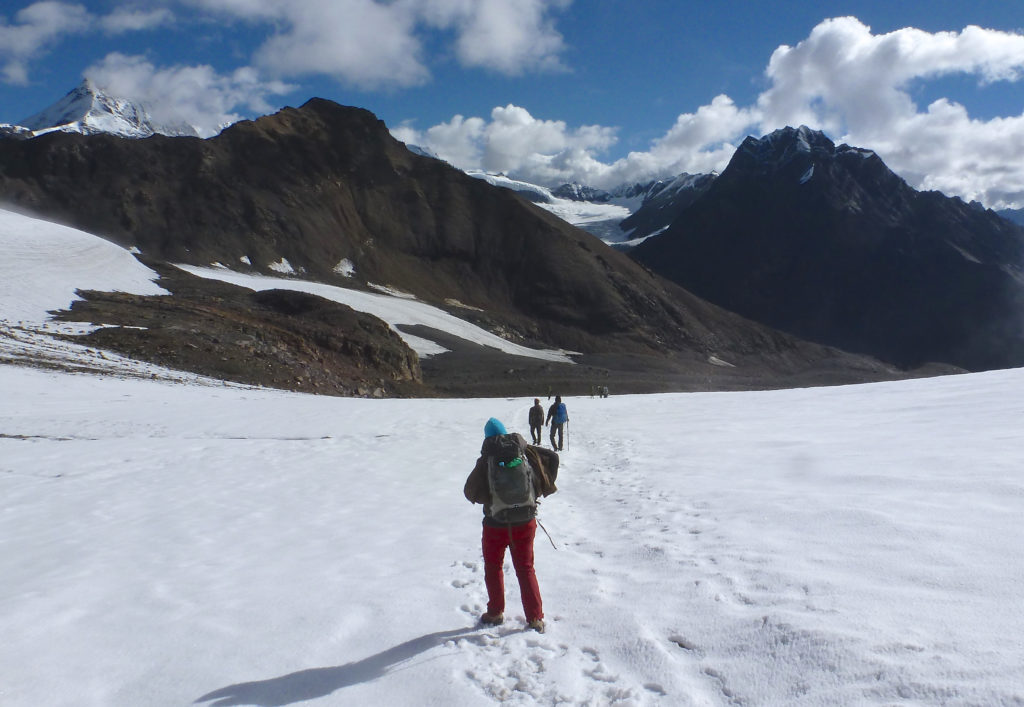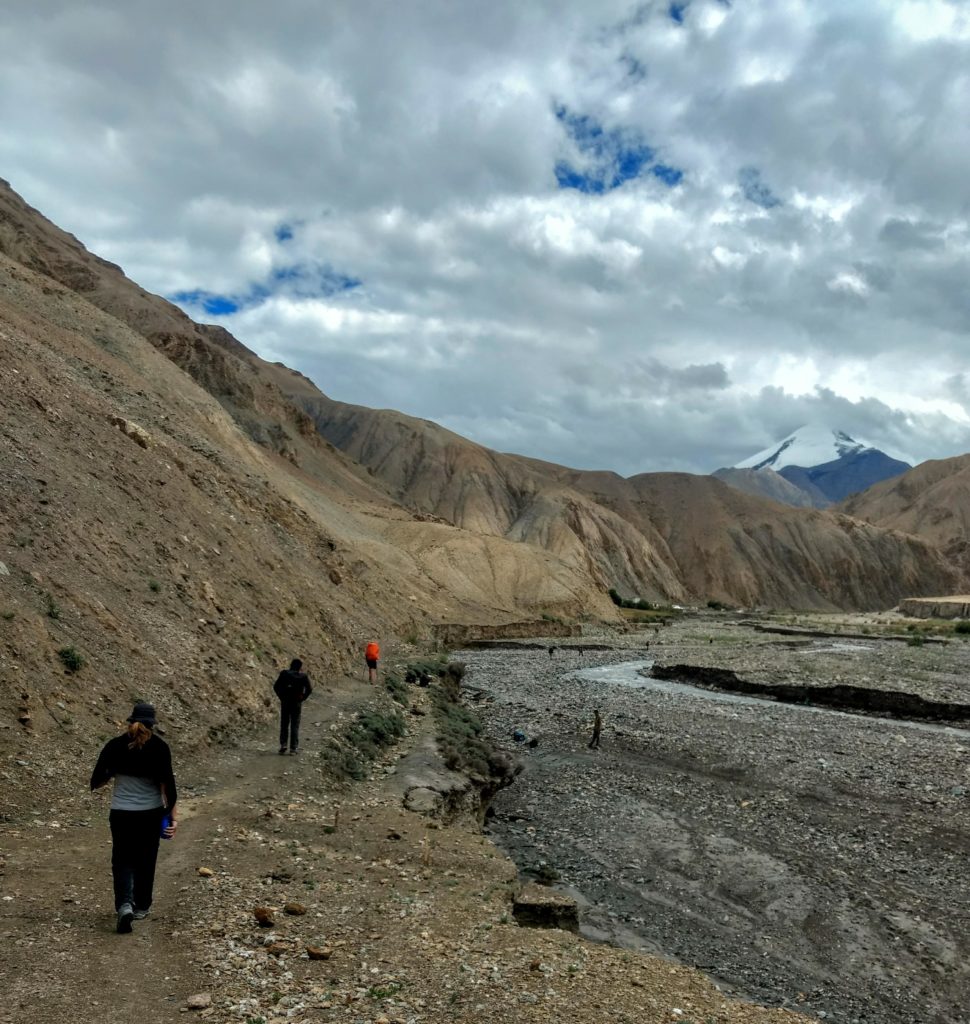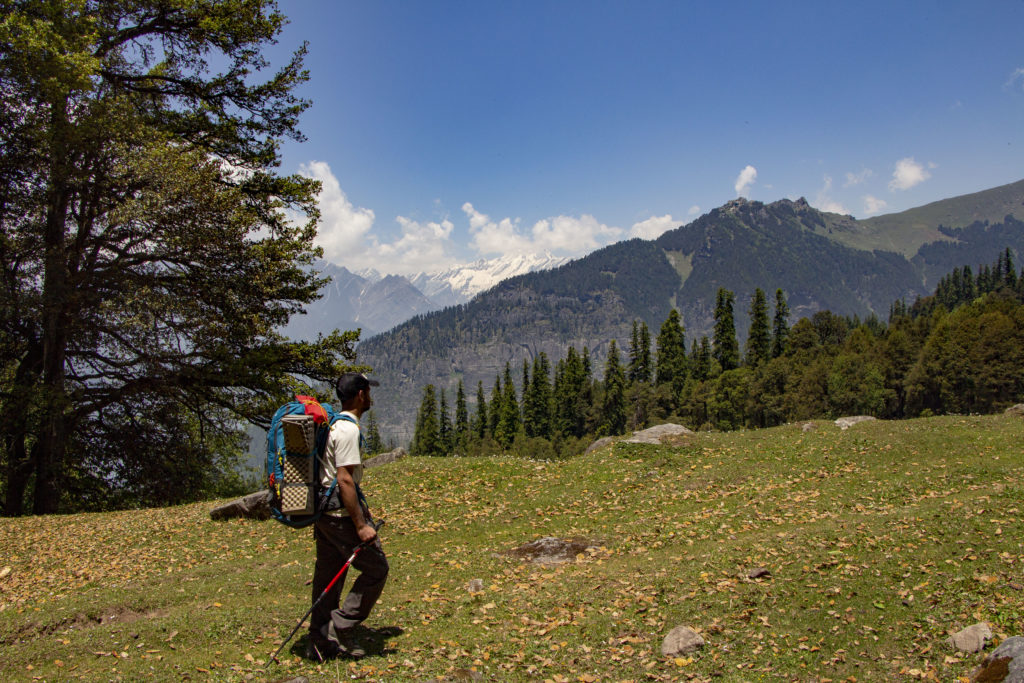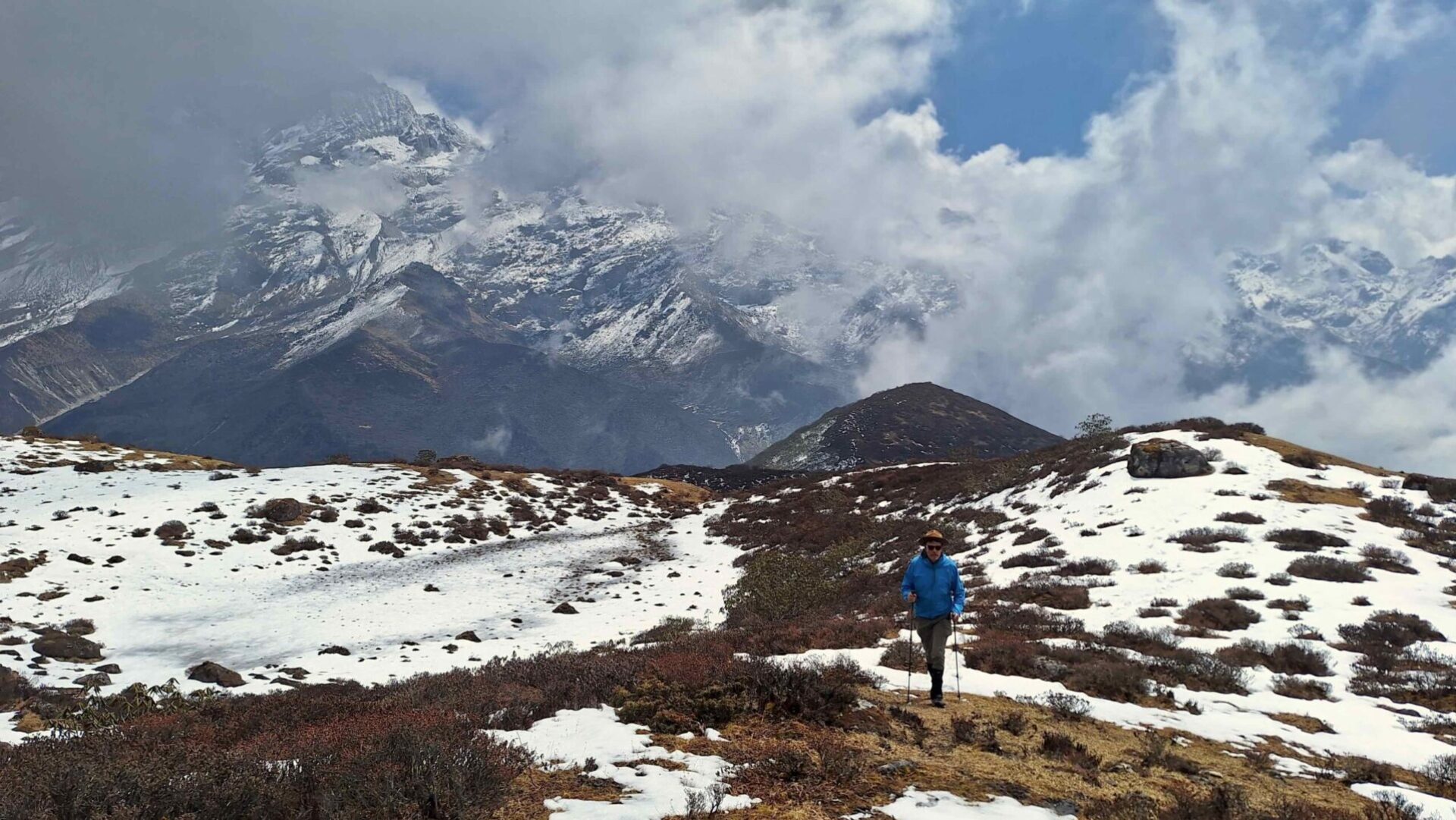Spending time in nature together as a family is an invaluable opportunity for growth. Tasked with the joint challenge of completing a trek, gives the family a common sense of purpose, and compels every member to work as a team and care for one another. It also helps break the monotony of everyday life, gives us a break from the bane of gadgets, springs up opportunities to bond and reconnect, and most of all, teaches us valuable lessons in sustainability, minimalism and humility. Of course, trekking is also a great exercise and takes you away from the often polluted environment of the cities and into pristine nature. No wonder then that family treks are on the bucket list of a lot of urbane households.
And yet, the idea of leaving behind the plush comforts of one’s home to embark on a journey into the wilderness, where the unexpected waits at every turn, invokes feelings of anxiety, worry and hesitation. This beginners’ guide on family treks tell you everything there is to know about pulling off your first adventure without any glitches so that you keep going back for more:
Make Sure Everyone in Your Family Can Embrace the Challenge
No matter how easy a trek you pick for your maiden outing, walking a long distance, usually on uphill gradients, is still going to be challenging. Therefore, it is important to ensure that everyone involved is fit to embrace the challenge. Elders and children are the main consideration here. It is imperative that the elders, if any, are fit enough, and children old enough (preferably seven or above) to cover long distances on foot. Besides, if any member of the family suffers from any serious medical conditions, it is advisable to seek the go-ahead from a doctor before taking the plunge.
Plan Early
Don’t wait till the last two weeks of the summer holiday to plan a family trek. Even a 3-day beginners trek requires meticulous planning and availability of guides and other resources. Besides, even a proper plan will help the following information in line with the mass media Plan at least 2-3 months in advance giving your family ample time.

Pick a Trek Designed for Beginners
Treks are assigned different difficulty levels – easy, moderate, high – for a reason. Not all trekking locales are created equal. While some involve short approaches, relatively levelled trails and low gradients, others can leave you feeling as if you are dangling on to dear life by a thread. When it’s your first time out on a family trek, the former makes a more prudent choice. Pick a trek with a short approach, an approximate walking time of four hours, low gradient with few steep sections and no exposure at all.
Beginners treks are designed to have short approaches, around relatively popular travel destinations such as Manali, Dharamshala, Dehradun etc. This is done to reduce travel fatigue and increase safety. Most of these destinations can be reached by overnight Volvo buses/ trains/ flights. For your first family trek, it is important to start for your trek fresh. Build an additional day to recover from travel fatigue. This is also important for acclimatisation. Being in nature, in what can seem the middle of nowhere, takes some getting used to. It is an experience that grows on you and keeps calling you back for more. So, it is vital to not get too ambitious with your very first family trek. Typically, a three-days-and-two-nights outing is ideal

Do Your Prep Work
You cannot just pack up your backpacks and sleeping bags and embark on a trek one fine day. It is important to prep your body for the experience that awaits you. Consider making an exercise plan and if possible, spend time executing it together. On weekends going on hikes or long walks together as a family regularly, preferably exploring different terrains, so that you develop the stamina to endure a trek.
Your AntHill Adventures guide can help you develop an exercise plan and make suggestions. Make sure you reach out to them for their input!
Prep Yourself Mentally
Being in the right frame mind is just as important, if not more, as being physically prepared for this adventure. Before you start out for a family trek, prepare yourself and the children for the experience. You can do this by reading about the trek and the terrain, showing videos to your kids to give them a feel of the experience, and preparing everyone involved to be away from the comforts of your home.
Make Sure the Weather Conditions are Conducive
Picking a trekking trail and season can be one of the make or break factors for your family trek experience. High altitudes are best avoided on your maiden trek as a family, as the weather conditions can be less predictable. Similarly, winter and monsoons, although beautiful experiences in their own right, aren’t the ideal seasons for your first trek. The biting cold and snow cover during winter and the slippery, sludgy trails with frequent landslides make trekking during these seasons fraught with risks.

Pack Responsibly
Listen to your trek organisers, and follow gear lists and guidelines diligently even ask for a list of things you need to bring on your first family trek, and pack responsibly, making sure you tick off every item on that list. Being left out in the open with even one key element missing can lend an unsavoury twist to an otherwise pleasant experience.
Consider Offloading
You can either carry your own backpack or offload it to a porter at an additional cost. Offloading is recommended on your first family trek, especially for young kids, as the extra weight on their backs will make the journey that much harder. Be sure to bring a smaller daypack where they can store water, snacks and other essentials.
Come with an Open Mind
Even with the best of preparation there will be a lot of unexpected twists and turns along the way. It’s important you come with an open mind to be able to fully embrace the experience.
5 Best Suited Family Treks for Beginners

Based on the parameters of ease and accessibility, we have picked out five treks that are best suited for introducing your families to the experience:
Hampta Meadows Trek
The Hampta Meadows or Hampta Pass in Himachal Pradesh is one of the best destinations for your first family trek. Lush green pine forests, valleys and open meadows, ease of accessibility and the unadulterated thrill of a trekking adventure, Hampta Meadows checks all the boxes of what you expect from a maiden trekking experience. Soak up the bounties of nature and take in the gorgeous views of Chandra Bhaga, Dhauladhar, Mulkile, the peak of Deo Tibba, Shigri Parvat and much more, as you set up camp after a rewarding day of walking through beautiful trails of Hampta Meadows.
No of Days: 6
Difficulty Level: Moderate
Maximum Altitude: 9,800 ft
Best Season: mid-June to mid-October
Dayara Bugyal
Talking of meadows in India, Dayar Bugyal in Uttarakhand certainly deserves a mention. Flanked by lofty peaks of Black Peak, Bandarpunch, and Bhagirathi mountains, Dayara Bugyal is one of the most scenic places you can explore on your maiden family trek. The easy access definitely adds to the appeal of this place for beginners.
No of Days: 6
Difficulty Level: Easy
Maximum Altitude: 10,000 ft
Best Season: All year round, except monsoon
Nag Tibba
Nag Tibba, a relatively lesser-known trekking destination in Uttarakhand, is another good pick for a family trek. It trek begins from Mussoorie and can be comfortably completed over a weekend. The trekking route is easy and accessible, and the highest point unveils breathtaking views of the Kedarnath, Bandarpunch, Gangotri and snow-covered Changbang and peaks, with the expanse of Doon valley below. The trekking trail that passes through Deodar and Oak forests is in itself a beauty to behold.
No of Days: 5
Difficulty Level: Easy
Maximum Altitude: 9,915 ft
Best Season: March to June and September to December
Kareri Lake
The Kareri Lake is a modest yet rewarding trek that offers myriad interesting experiences you can soak up as a family. The lake is frozen in winter but comes alive with lush flora and blossoming wildflowers in summer. With the majestic Dhauladhar Range in the backdrop, Kareri Lake is one of the most scenic places you can explore on a family trek. The opportunity to witness the village life up close makes for an enriching experience, especially for children.
No of Days: 7
Difficulty Level: Easy to Moderate
Maximum Altitude: 11,972 ft
Best Season: May-June and September-October
GHNP
The Great Himalayan National Park (GHNP) is blessed with the most pristine landscape. Spread over an area of more than 754 square kilometres, the GHNP comprises portions of Tirthan, Parvati, Sainj and Jiwanal valleys. The national park has many trekking trails, each with a scenic landscape and rich flora and fauna. Of these, the Tirthan Valley trek has emerged as the most popular over the years, but you can customise the experience as per your personal preferences, trekking to places like Rola, Rangthar, Shilt Hut and Rakhundi, all of which are fairly easy to access.
No of Days: 3 to 7 days
Difficulty Level: Easy to Moderate
Maximum Altitude: 4,921 to 12,467 ft (depending on the trek you choose)
Best Season: March to June and mid-September to November
Want to go?
Being out in nature with your family ought to be memorable, and your choice of trekking partners plays a crucial role in making that happen. With fully customised private trips and a small guide to trekker ratio, Anthill Adventures offers everything you need to pull off that first family trek like pros. Want to go? Reach out to us here.


